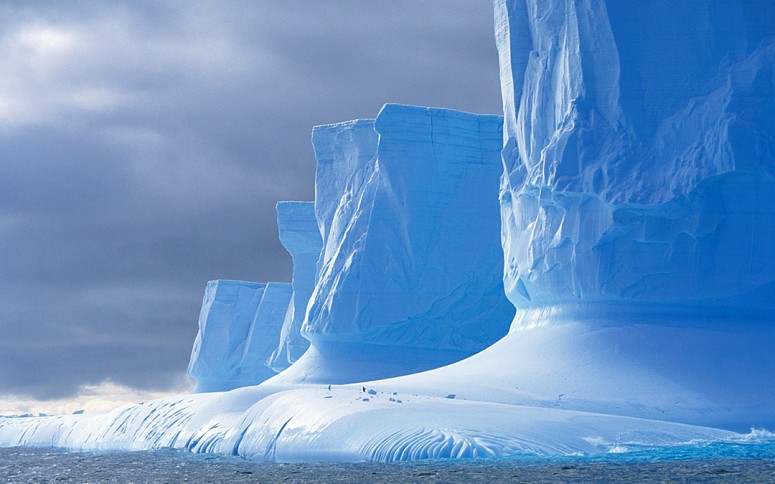Deadly expeditions: Like Into Thin Air? You’ll relish The Last Place on Earth

I recently finished The Last Place on Earth, Roland Huntford’s well-researched, sometimes heavy-handed, but always legendary retelling of the 1911 South Pole race between Roald Amundsen and Robert Scott. In addition to being published the year I was born, the book’s important for the following reasons:
- It’s the last great adventure to never appear on the silver screen. While reading Huntford’s account, I frequently asked myself, “Why hasn’t this been made into a movie!?” The story is so dramatic, so exhilarating—it deserves a proper Hollywood adaption.
- The dichotomy of off-putting amateurism and professional preparedness is stifling. Both Amundsen and Scott were incredibly brave men. But while the former was committed, grateful, seasoned, and teachable, the latter was incompetent, thankless, naively detached, and repeatedly reckless, making him “a suitable hero for a nation in decline,” writes Huntford.
- It will make you fall in love with Antarctica. Before reading this book, my opinion of Antarctica went like this: “Boring, monotonous, ice desert that deserves its lack of habitants, culture, and resources.” After reading the book, my opinion is as follows: “Soaring ice cap full of imagination, untapped frontier, and otherworldly landscapes that I plan on seeing for myself someday.”
- It will cause you to adopt the Boy Scout motto as your own. In other words, “be prepared.” Robert Scott was anything but, according to his journal and eyewitness accounts. He was a determined amatuer. With his and his men’s lives on the line, Scott was once quoted as saying, “gentlemen don’t practice.” He also believed the ridiculous English taboo that overtly trying for a goal is unbecoming. Meanwhile, Amundsen was motived by his goal, planned every detail of it, and left nothing to chance. He used dog sleds instead of outdated “man-hauling,” which Scott viewed as a more dignified way of reaching the pole as it involved more suffering. The former left wider margins for error, bringing 10 times more supplies per man than the latter and expecting the weather to break his plans 25% of the time. Scott, on the contrary, expected perfect conditions and bemoaned the weather when it didn’t cooperate. Ignoring analytics, he worked harder instead of smarter and paid the price.
- While rightfully revising the legend of Robert Scott, it still misjudged him. Although it’s obvious Captain Scott was an “incompetent bungler,” he was still a brave man. He deserved more credit than Huntford gave him (see also: King of Kong liberties). This behavior troubled and distracted me during parts of the book—almost as if Huntford held a grudge against Scott. In other words, Scott was not the villain Huntford paints him out to be—although I believe he committed most of the mistakes Huntford accuses him of. Furthermore, Scott’s subordinates were not blameless. They were just as complacent. They chose to stand by him and remained loyal even when signs indicated they should not.
Overall, the book is 550 pages of fine-print awesomeness. My only other critique is the uneven final two chapters and Huntford’s poorly-explained and sometimes jarring accusations (i.e. that Scott’s predecessor was a pedophile that liked “dirty Sicilian boys” and that Scott’s wife had a brief—albeit unsubstantiated—affair with his rival’s predecessor).
Those shortcomings are easy to overlook, however, with passages like this: “The men were clad in Eskimo garments, the dogs tearing away with them over the snow were harnessed in Eskimo fashion; but the sledges, the skis, the food waiting at 80° South, the sextants and Primus stoves, tents and all the impedimenta, were the products of Western ingenuity. It was the marriage of civilisation and a primitive culture. The technique was already on the point of obsolescence. Aircraft and tractors were waiting in the wings. This was the last classic journey in the old style; and it was to end the era of terrestrial exploration that began with the explosion of the human spirit during the Renaissance.”
Four stars out of five.
Thanks to Davis Smith for recommending.
